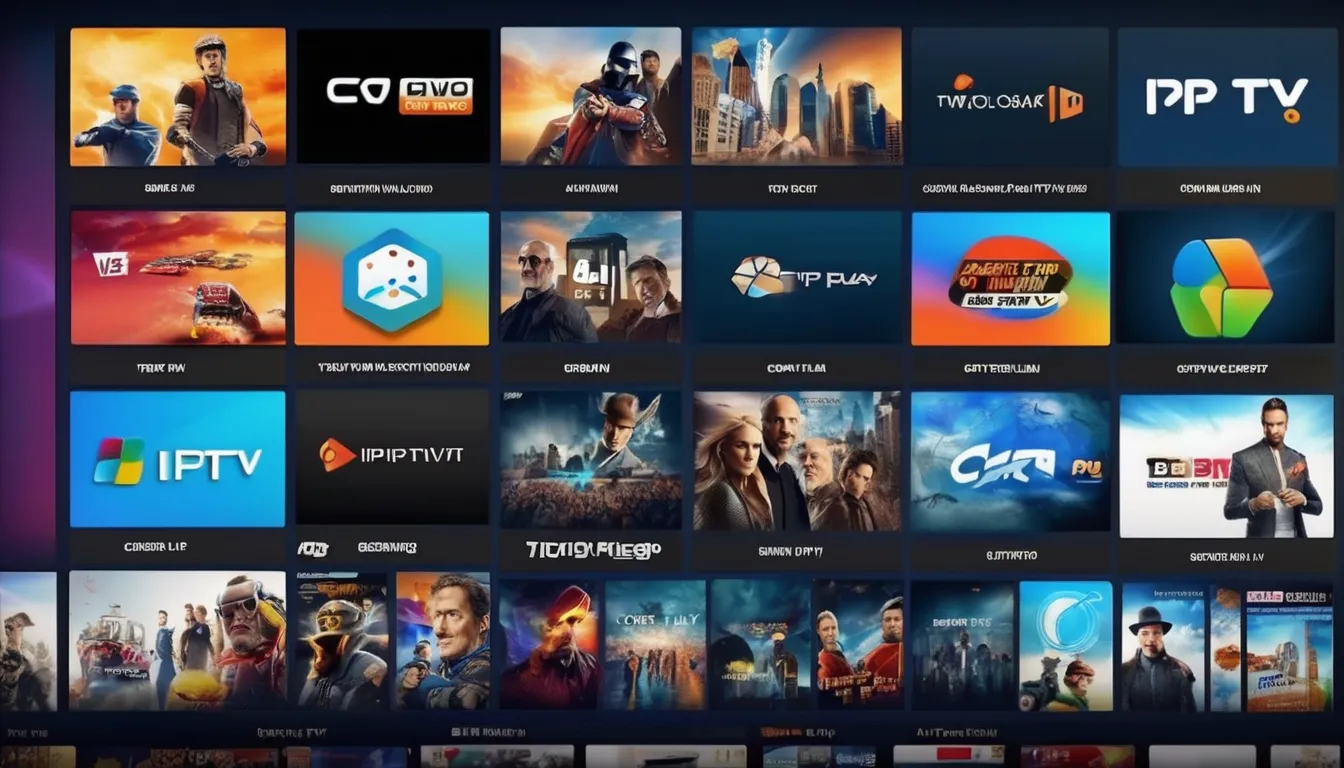When you’re testing IPTV stability, it’s crucial to understand how various factors can impact your viewing experience. You need to start with a reliable internet connection and the right tools to gauge performance effectively. By measuring download speeds and checking for latency, you can identify potential issues that lead to buffering or pixelation. But what do these results really mean for your service? The next steps will clarify how to interpret your findings and ensure you’re set for uninterrupted streaming.
Understanding IPTV Stability
Understanding IPTV stability is crucial for anyone who regularly uses internet-based television services. When you’re streaming your favorite shows, you want a smooth, uninterrupted experience. IPTV stability refers to how consistently your service delivers content without buffering or downtime. If your connection is unstable, you might find yourself frustrated with pixelation, lag, or even complete service interruptions.
To ensure a reliable viewing experience, it’s important to consider your internet connection. A strong and consistent connection can significantly enhance your IPTV service. You should also think about the devices you’re using; some devices handle streaming better than others.
Furthermore, the quality of your IPTV provider can impact stability. Choosing a reputable provider with good reviews can make a world of difference in your viewing experience.
Monitoring your connection regularly can help you identify any issues before they become major problems. You might even want to run speed tests to check if your internet speed meets the requirements for streaming.
Key Factors Affecting Performance
Several key factors significantly influence IPTV performance, and recognizing them can help you optimize your viewing experience. First, your internet connection speed plays a crucial role. A slow or unstable connection can lead to buffering and poor video quality. Secondly, the type of device you use affects performance. Some devices handle high-definition streams better than others, so make sure your equipment is up to par.
Another factor is network congestion. If multiple devices are using bandwidth simultaneously, it can impact your IPTV streaming. Lastly, the quality of your IPTV service provider matters. A reliable provider with a good reputation will offer a smoother experience compared to one with a history of issues.
Here’s a quick summary of these factors:
| Factor | Impact on Performance |
|---|---|
| Internet Connection | Essential for smooth streaming |
| Device Quality | Affects playback capability |
| Network Congestion | Can cause buffering |
Tools for Testing IPTV
When it comes to ensuring a stable IPTV experience, having the right tools at your disposal can make all the difference. Start by using a reliable speed test tool, like Ookla Speedtest or Fast.com, to measure your internet connection’s download and upload speeds. These metrics are crucial since a stable IPTV service requires a certain bandwidth to function properly.
Another essential tool is a ping test application. This can help you check for latency issues that might affect streaming quality. Tools like PingPlotter or WinMTR offer great insights into the stability of your connection over time.
You should also consider using network monitoring software, such as GlassWire or Paessler PRTG, to track your network’s performance. These tools can help identify any bottlenecks or interruptions that may impact your IPTV streaming.
Lastly, don’t overlook the importance of an IPTV-specific diagnostic app. There are various apps available that can simulate the IPTV experience, helping you assess buffering times and stream quality directly.
Step-by-Step Testing Process
Starting with a systematic approach can greatly enhance the reliability of your IPTV testing process. First, gather all your tools and make sure your internet connection is stable. A wired connection usually works best, so connect your device directly to the router if possible.
Next, select the IPTV service you want to test. Before diving into the tests, take note of the time and date; this information might be important later. Launch the IPTV app and start by checking the channel lineup for any immediate issues.
Now, begin streaming a few different channels. Pay close attention to the quality—look for buffering, pixelation, or audio sync problems. Use a stopwatch to time how long it takes for channels to load, noting any delays.
After testing several channels, run a speed test to measure your internet speed. Make sure it meets the requirements of your IPTV service.
Interpreting Your Results
After completing your tests, it’s time to analyze the data you’ve collected. Understanding your results is crucial for determining the stability of your IPTV service. Here’s how to interpret your findings effectively:
- Buffering Frequency: If you recorded frequent buffering incidents, it indicates a potential issue with bandwidth or server performance.
- Stream Quality: Check the resolution of the streams. Consistently low-quality streams might suggest inadequate internet speed or service limitations.
- Uptime Percentage: A high uptime percentage means your service is generally reliable, while a low percentage could signal possible outages or server problems.
- Latency and Ping Times: High latency can lead to delays in streaming. Consistently low ping times are ideal for a smooth viewing experience.
Conclusion
In conclusion, testing IPTV stability is essential for a great streaming experience. By understanding key performance factors and using the right tools, you can effectively assess your service. Follow the step-by-step process to pinpoint any issues and interpret your results accurately. With a stable internet connection and the right testing methods, you can enjoy uninterrupted viewing and make the most of your iptv service. Don’t wait—start your testing today for a smoother experience!
